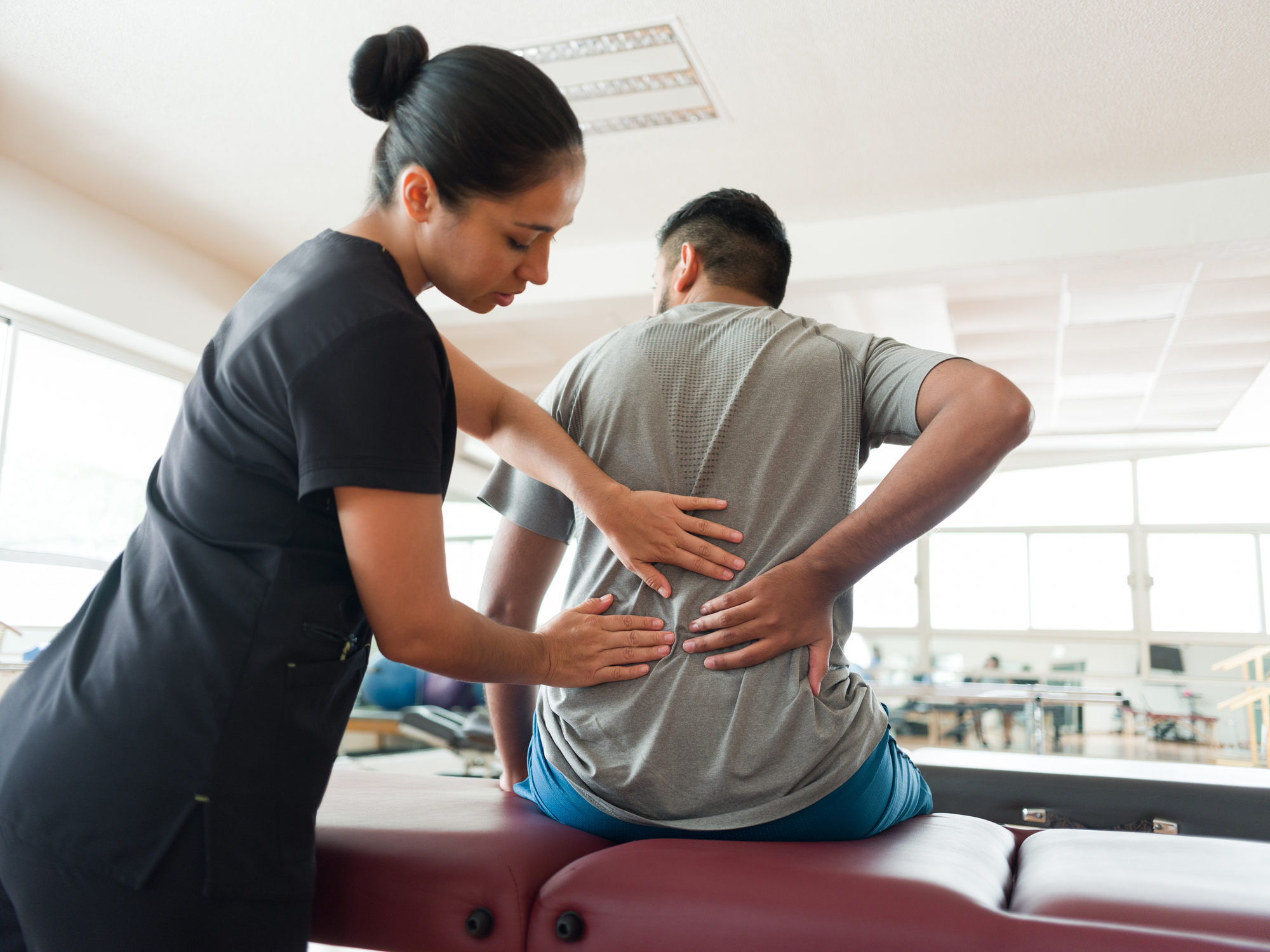Manipulation of joints has been used as a treatment for back and neck pain for hundreds of years.
Yet, most people do not understand what actually happens with a manipulation and how this affects joints.
Manipulation is a quick movement sometimes termed a ‘high velocity thrust’ that results in a sound or ‘click’.
This occurs when the two surfaces of the joint are rapidly separated or passed over one another but not when they are compressed together.
It is not joints grinding together, and is certainly not clicking joints ‘back into place’.
It is suggested that following manipulation there is a release of pressure within the joint.
There is also evidence that there is a release of opiates (the bodies natural pain relievers), and this is responsible for the immediate pain relief often reported.
Manipulation can be an extremely useful tool in the treatment of joint pain, in particular spinal problems.
However, if not combined with movement and exercise, manipulation can have limited benefits.
A manipulation causes a sudden change of pressure in a joint.
It allows a skilled practitioner to isolate movement to a particular joint that may otherwise be difficult for the individual to move.
This can be highly effective and beneficial.
However, this is now not enough.
It has now been well established that joints require regular movement to maintain normal healthy mobility and function.
Over time restriction or lack of regular movement can have severe consequences.
Regular joint movement and exercise is essential
So, even though manipulation is moving a joint, it is only moving it once and usually has no significant long term benefit if used in isolation, and not in conjunction with movement and exercise.
A physiotherapist may be required to assist the individual in achieving normal movement again with mobilisations and specific exercises, as well as manipulation.
So if you, like many others have found a click helps you, imagine how much better you would be if you added regular movement and exercise as well.
For more information see your local Lifecare practitioner. Click here to find your closest Lifecare clinic.

